Editorials
‘I’ll Always Know What You Did Last Summer’ – The Franchise’s Supernatural Sequel

“Copycat” gets thrown around a lot when discussing the original I Know What You Did Last Summer, yet perhaps a more accurate descriptor is “opportunist.” The film was, in fact, rushed into production in light of Scream‘s success, but Kevin Williamson’s script dates farther back. And unlike Williamson’s first collaboration with Wes Craven, I Know What You Did Last Summer channeled traditional slashers rather than deconstructed them.
Despite a straightforward approach in a postmodern era of horror, I Know ended up being fully digested by pop culture. Comedies Scary Movie and Shriek If You Know What I Did Last Friday the 13th spoofed the original film without mercy, MADtv conceived a Christmas-themed parody, and the direct sequel didn’t even take itself too seriously. So it would seem as if a third Summer was unnecessary. That is, until the idea came up again in 2005 (and after a 3-D sequel was abandoned).
The project was first announced with Damon Santostefano at the helm before he was let go — writer Michael D. Weiss still isn’t sure why — and Sylvain White was brought in as his replacement. Keep in mind the switch happened shortly before production started. On top of the last-minute director shuffle, the film had no returning actors and was shot straight to video after a theatrical release fell through. So any doubts about I’ll Always Know What You Did Last Summer were understandable.
Sure enough, the initial response was brutal from all sides; critic Scott Weinberg said it was “entirely worthy of the dismissive derision” upon reading the wordy and ridiculous title, and in Fangoria’s review, Michael Gingold wrote the film “barely even tries.” The sequel still shows up on “worst of” lists from time to time, and its IMDb rating currently sits at 3.4. So although the chance of a critical turnaround is improbable in the future, even a sequel as widely shunned as I’ll Always Know has redeeming value, albeit only a trace amount. In a retrospective assessment, Benjamin Bullard concurred by saying this entry “gets by on a sorta-fresh story take on the franchise’s larger mythology.” It’s this precise element of the film that helps it stand out as well as cause confusion.
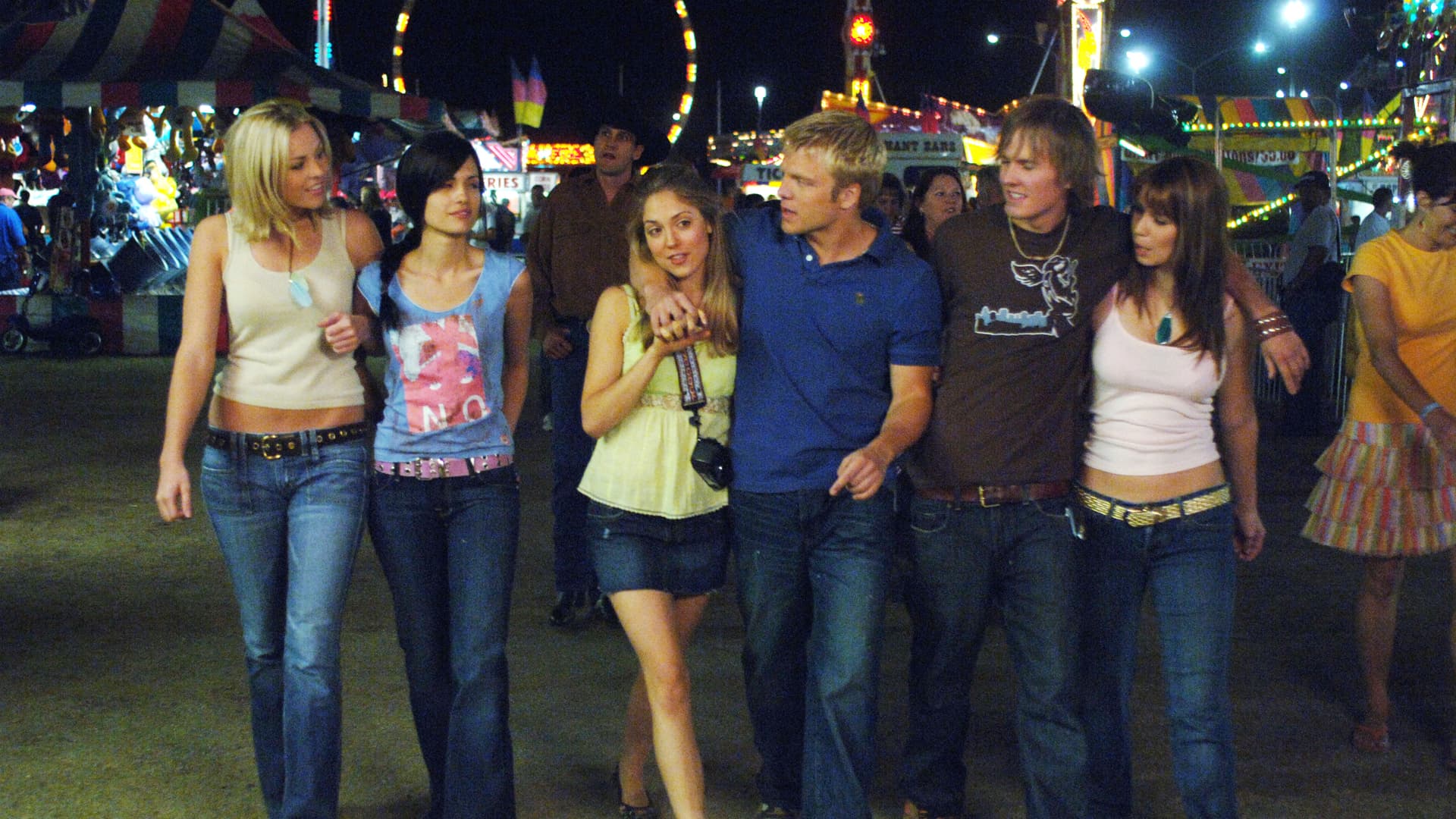
Image: The characters of I’ll Always Know What You Did Last Summer enjoy the town’s Fourth of July fair.
The clean and cinematic presentation of the first two films was distinctly gone as audiences entered the fictional town of Broken Ridge, Colorado (really Park City, Utah). Nearly sapped of all its color and so grainy you can almost reach out and feel it, I’ll Always Know looks outright dismal even before tragedy strikes. The main characters are hardly introduced to viewers when their mention of the infamous Fisherman manifests. The fair’s attendees all flee as the ice hook-wielding threat runs amok, then corners a young local named P.J. (Clay Taylor) on a high rooftop. The situation ends in death as the victim falls below and is impaled by a tractor’s smokestack.
The sequel one-upped the original’s dark setup by going darker and channeling Prom Night; instead of a stranger’s death, the characters killed one of their own. Of course, this was an accident resulting from a poorly executed prank. The Fisherman and his victim were both accomplices, and had a stack of mattresses not been swapped out with a tractor, they would have been basking in the prank’s success. In the vein of the first film, the guilty are overcome with shock and yield to their survival instinct. They bury the evidence, make a pact to never tell anyone of their involvement in the sheriff’s son’s death, and have the police chase after an imaginary killer for the next year. What the four characters didn’t expect, however, was their lie taking on a life of its own.
I’ll Always Know is, essentially, what they now call a “requel,” whereas back then it was labeled a thematic sequel. The story of this entry follows beats of the original; from the characters’ actions to their relationships, nearly every turn is foreseeable. This estranged friend group’s nucleus (Brooke Nevin) mirrors Jennifer Love Hewitt’s Julie. Sad, reclusive, and later desperate, Amber reunites with her partners in crime once the written threat is delivered (by text message rather than letter). Other characters are a bit differently flavored this time around, with the best friend (Torrey DeVitto) now an inspiring frontwoman as opposed to a faded beauty queen, and the ex-boyfriend (David Paetkau) acts more like Ryan Phillippe’s Barry than Freddie Prinze Jr.’s Ray. The fourth and least paralleled friend (Seth Packard) is the most affected by P.J.’s death, seeing as how he is last seen mixing antidepressants with booze, and flirting with suicide before the “real” Fisherman pays him a visit. Another difference among the cast dynamic is the final girl’s unrequited love (Ben Easter) who eventually becomes her knight in distress.
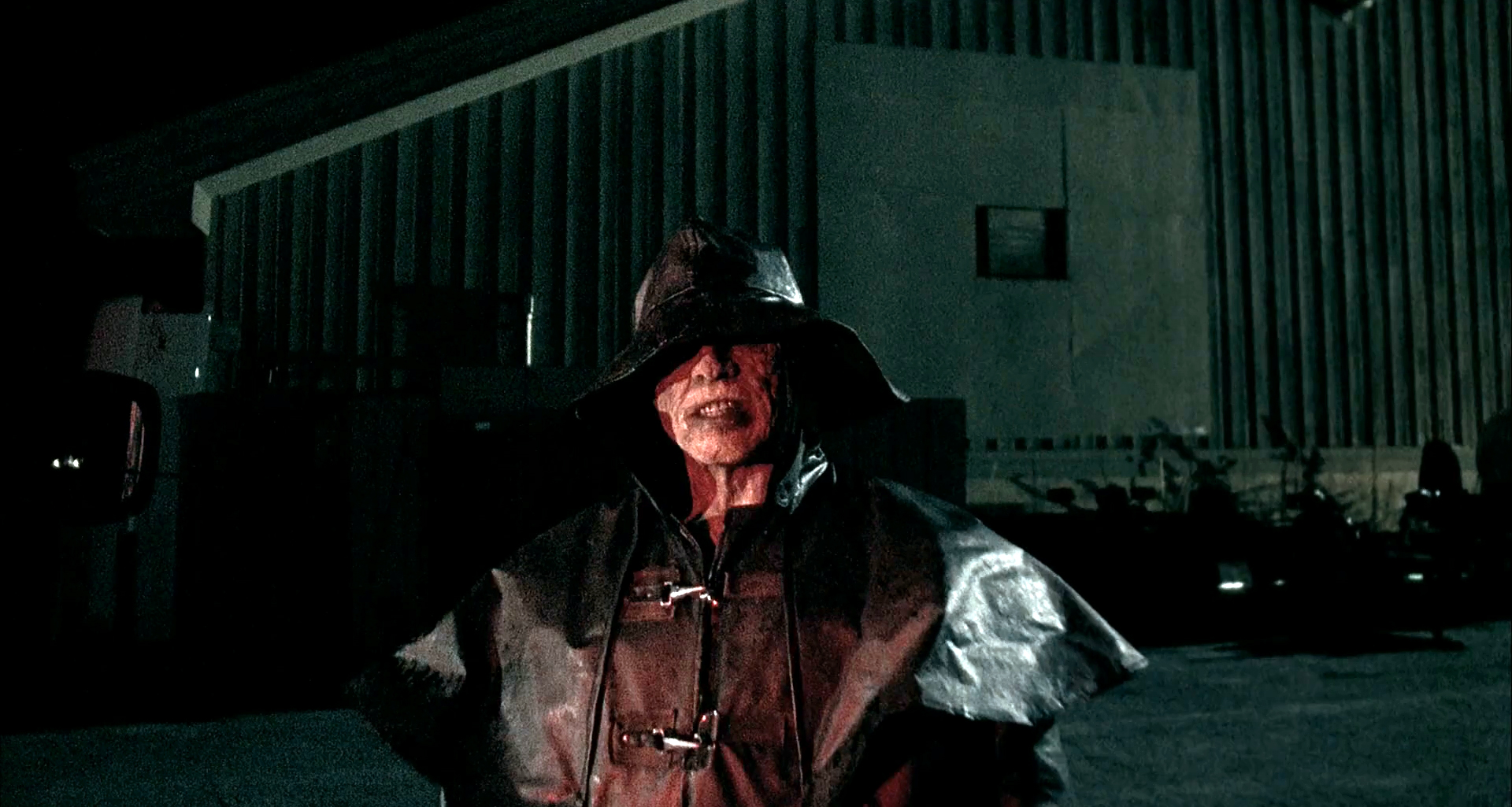
Image: Don Shanks as the supernatural and zombified Ben Willis from I’ll Always Know What You Did Last Summer.
I’ll Always Know lacked an ingredient key to the original’s success and pop-cultural staying power: the cast. Indeed a certain few of these characters exhibit the guilt of their wrongdoing more blatantly than past others in the series, however, the end result runs the gamut from artificial to credible. On the positive side, and not everyone will agree, Sylvain White’s textured, energetic, and raw direction gives the sequel a striking aesthetic. It’s the complete antithesis of the previous films’ glossiness and high production values. By all means the budget is sorely deficient, yet White and DOP Stephen M. Katz (Messiah of Evil) didn’t scrimp on style. For instance, White’s confessed admiration of Bernardo Bertolucci is apparent in some of this film’s most stylish kill sequences.
The story doesn’t rush to reveal the card up its sleeve, but once shown, the ultimate twist shouldn’t come as a surprise. Too much didn’t add up for this to be a grounded slasher like the first two entries. Yet by revealing the Fisherman was really the supernatural form of Ben Willis (now played by Don Shanks), the conclusion feels somewhat more notable. This sequel distills other popular slasher franchises where flesh-and-blood killers are gradually turned into boogeymen and their massacres are repackaged as campfire stories. There was even potential for further appearances of this uncanny Fisherman and expanding his mythology; the pranksters used a hook bought off eBay and delivered from The Bahamas. The legend could have easily coasted on this “curse” device for several more sequels, demonstrating the use of “always” in the title. Needless to say, the Summer IP went into dormancy until a TV adaptation came and went in 2021.
While not undeserving of its criticisms — and there is plenty — I’ll Always Know What You Did Last Summer‘s attempt to evolve the overall story is a little daring. Weirdly so for a film of this caliber and aim. Nevertheless, the swing is never big enough to forgive every shortcoming, but it is an interesting new direction that, as of now, remains unexplored.
Horror contemplates in great detail how young people handle inordinate situations and all of life’s unexpected challenges. While the genre forces characters of every age to face their fears, it is especially interested in how youths might fare in life-or-death scenarios.
The column Young Blood is dedicated to horror stories for and about teenagers, as well as other young folks on the brink of terror.
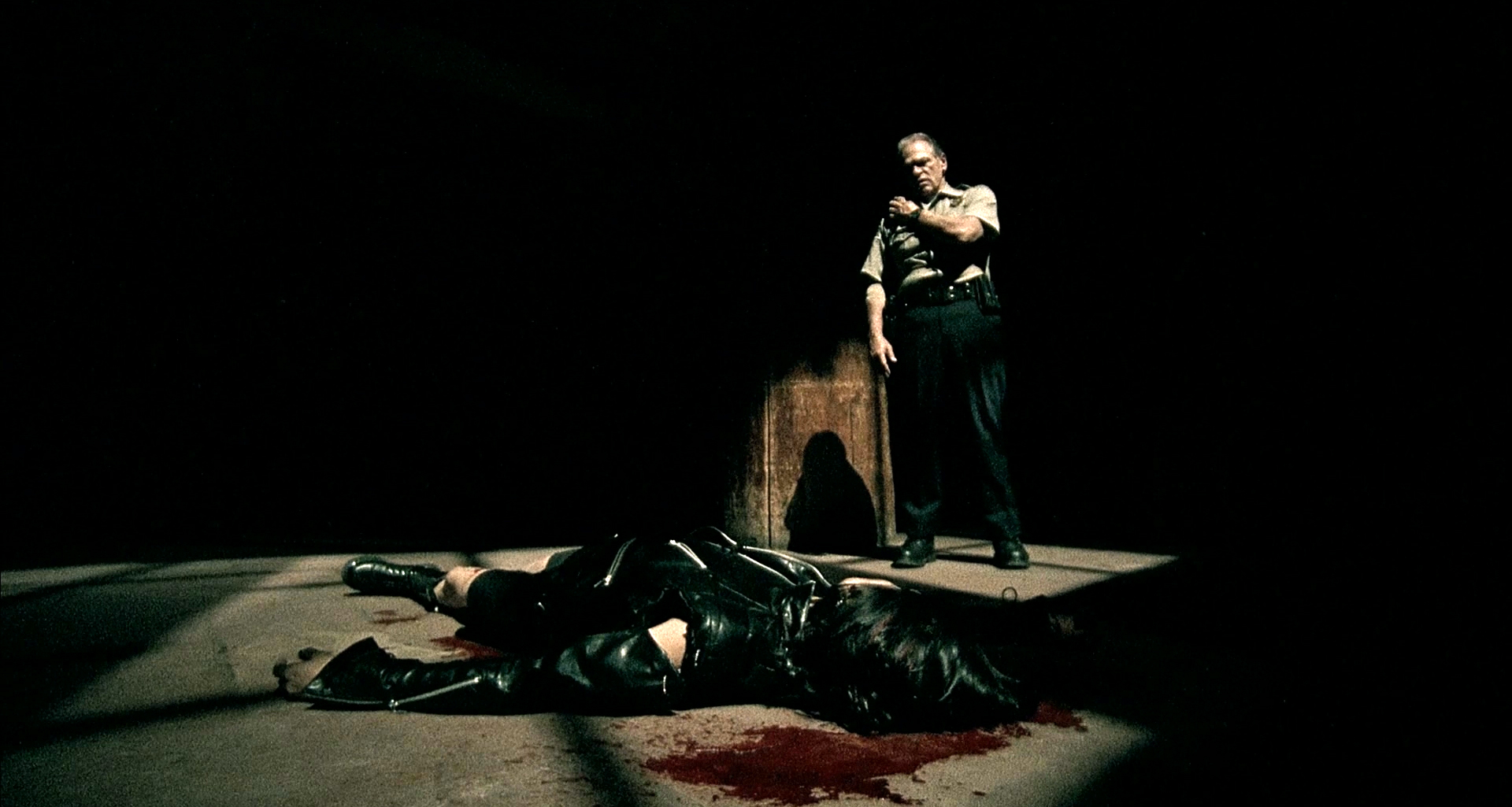
Image: Michael Flynn’s sheriff character stands over Torrey DeVitto’s character’s dead body in I’ll Always Know What You Did Last Summer.

Editorials
‘The Strangers: Chapter 1’ – Six Things We Learned from the Blu-ray Commentary

Lionsgate’s The Strangers: Chapter 1 launches a reboot trilogy based on the 2008 home invasion film, all three movies shot simultaneously under the direction of Renny Harlin.
To tide you over until Chapter 2, Chapter 1‘s home video release offers an audio commentary from star Madelaine Petsch and producer Courtney Solomon that hints at what’s to come.
Here are six things I learned from The Strangers: Chapter 1 commentary.
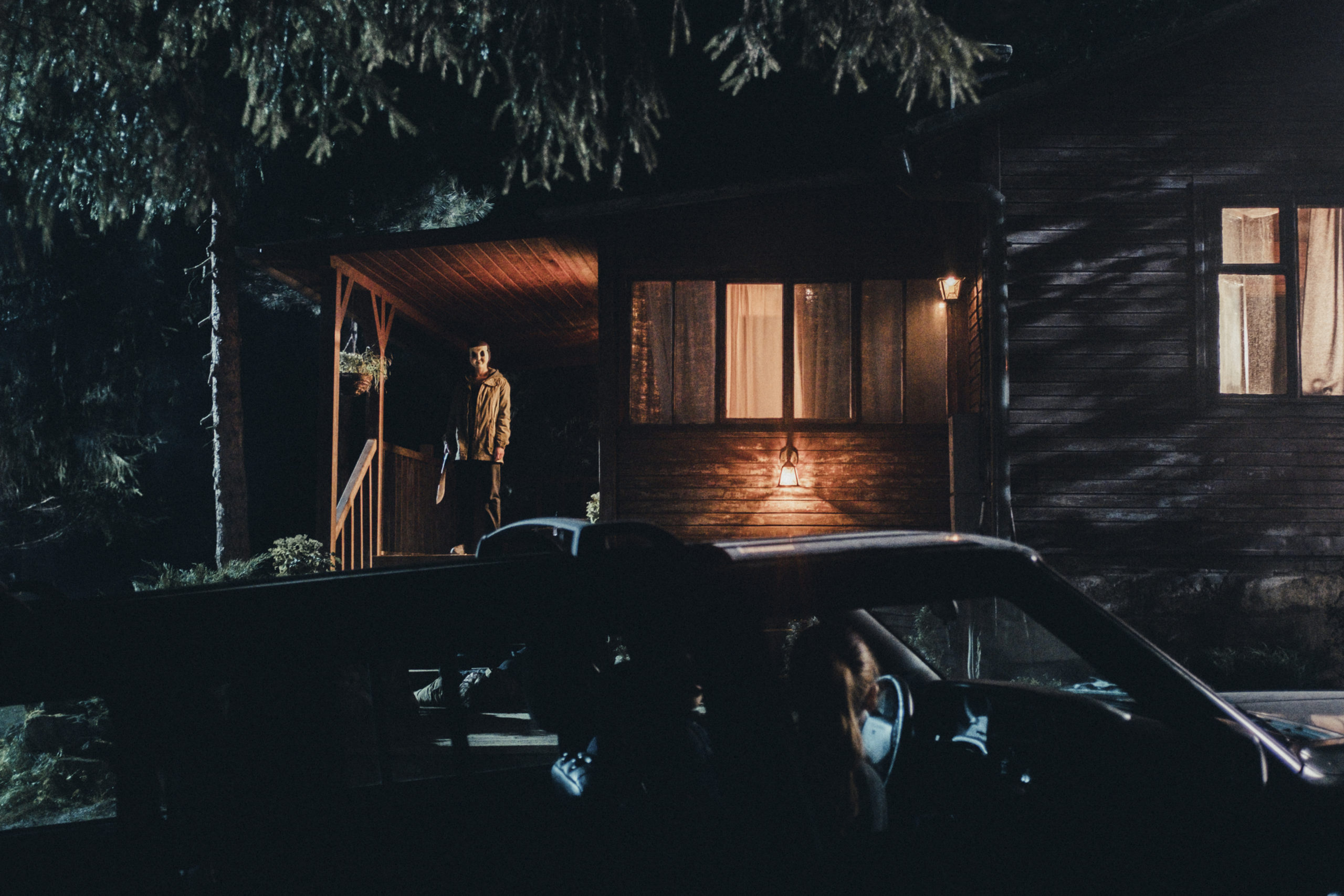
1. The opening music cue was inspired by The Shining.
The film’s opening establishing shot roving over the woods — with Bratislava, Slovakia standing in for the small town of Venus, Oregon — evokes the beginning of Stanley Kubrick’s The Shining, which was also a point of reference for the score.
“When we were scoring this, we looked at The Shining,” says Courtney Solomon, referring to Wendy Carlos’ iconic main title theme. “‘Cause we were looking for how, even though it’s dated, they were in that open, sort of everything environment, musically.”
Justin Caine Burnett (I’ll Always Know What You Did Last Summer, 9-1-1: Lone Star) composed the score.
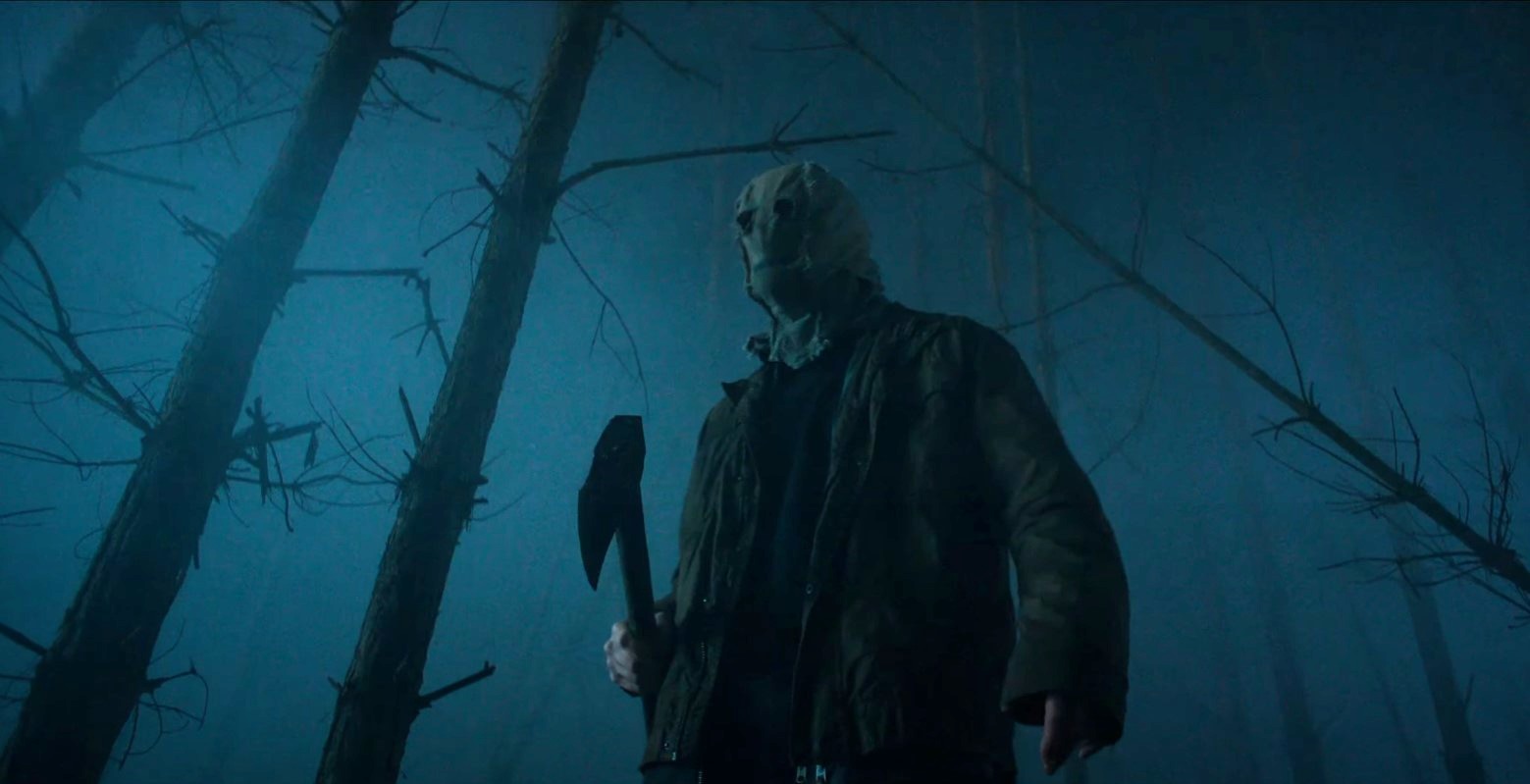
2. The cold open features an important character to the trilogy.
Shot together like one long movie, The Strangers trilogy will take place over a four-day period, with each subsequent entry picking up immediately after its predecessor’s finale.
Chapter 1‘s cold open features actor Ryan Bown — doing his own stunts, as Petsch points out — as a character who will play a bigger role in the coming installments.
“Jeff Morell, we’ll come to find out who this guy is as we go through all three chapters, but we sort of begin here,” Solomon notes.
“He’s a pretty important piece to this puzzle,” teases Petsch. “Some might say the piece.”
They also hint that viewers haven’t seen the last of Rachel Shenton’s Debbie, who Petsch’s Maya talks to on FaceTime, along with many of the townspeople from the diner scene.

3. Petsch was terrified of the project due to her love of the original film.
The shadow of the original Strangers looms large over Chapter 1. Petsch is “such a fan” that she was hesitant about doing a new version:
“I was terrified to touch that property. I think it’s an incredibly perfect horror film. I’ve seen so many horror films, and I feel like it’s one of the only ones that’s truly scared me to my bones, that I still think about all the time. So as we were trying to expound upon that story, with the second and third movies, we had to naturally repel the first story.”
Solomon similarly thinks highly of the original:
“I love the original Strangers. I wasn’t as big a fan of the sequel [2018’s The Strangers: Prey at Night], because it was just another story in a trailer park with the Strangers. I didn’t love that two of the Strangers got killed. That was just me personally; there are people that liked it. I was like, ‘I’d like to do something more interesting.’ In order to do it, to find that balance of retelling what made the first one so great as the basis to be able to launch off and tell the rest of the story.”
Petsch adds, “As we know, at the end of the first one, one of the last shots is Liv [Tyler]’s eyes opening. I’ve always wondered what happens after that.”
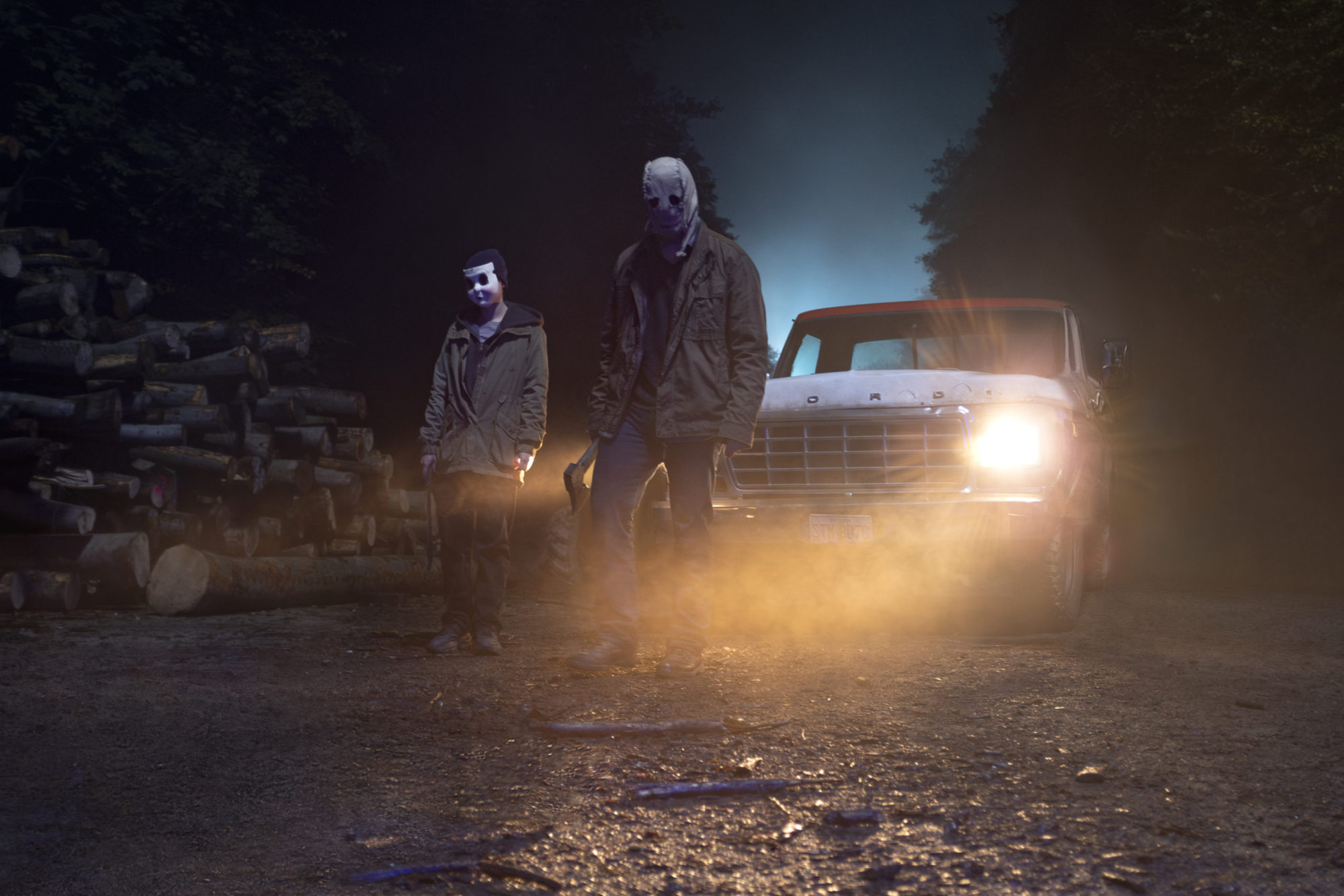
4. The killers’ hair is concealed to hide their identity.
Although the filmmakers opted to keep the look of the titular Strangers true to the original, Dollface and Pin-Up Girl’s hair is now concealed. This was a “purposeful change” to hide their identities, which will presumably be revealed later in the trilogy.
“We had a specific reason for doing it, obviously, because you do end up meeting a bunch of the folk from this small town,” explains Solomon. “You don’t know who’s wearing the mask, so if we had given up the hair that would make that identification a little bit easier.”

5. Petsch conceived the shower scene based on a personal fear.
In addition to starring in all three films, Petsch is an exclusive producer on the trilogy. More than a mere vanity credit, she had creative input throughout the stages of production, including the addition of Chapter 1‘s shower scene.
“This was not in the original script, the shower. Maybe our first week we were talking about what would be the scariest thing for me if I was in a situation like this,” she recalls. “I shared with you that every time I take a shower and I’m at the point where there’s suds of soap in my eyes and I’m shampooing, I’m always sure that’s when the serial killer’s gonna walk in. So we wrote this in, because I think that must be a common experience.”
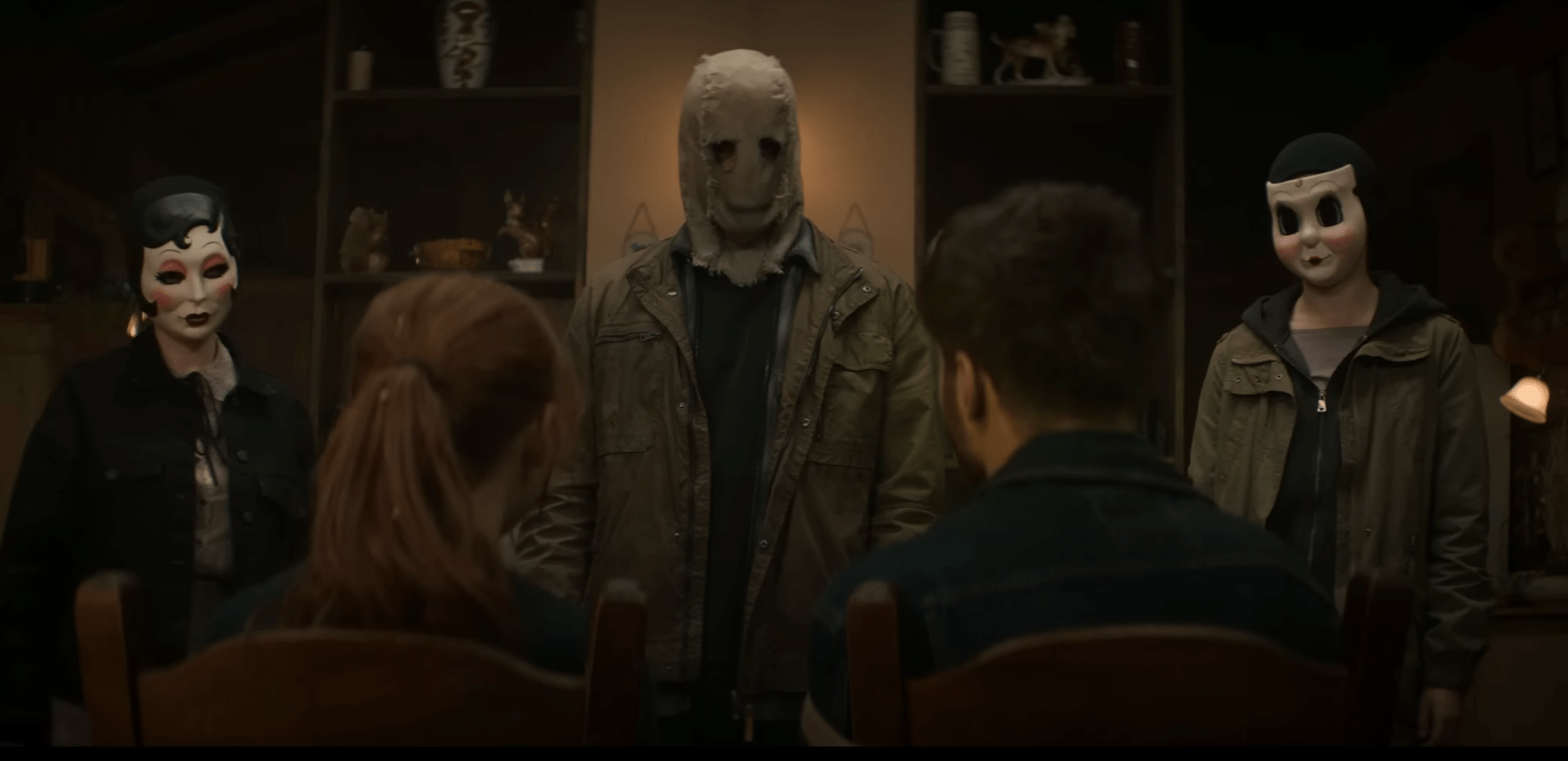
6. Remaking the original film was a conscious decision to kick off the trilogy.
It’s not until the end titles that the pair directly address the thought process behind launching the reboot trilogy with a retread of the original.
“Some people may go and watch this and go, ‘Oh, my god. It was a remake of the original.’ But actually this is just act one of our giant movie! If you watched it as a whole, then you’d be like, ‘Oh, shit. That’s just where it started,” says Solomon. “This is the 90-minute setup of the entire thing.”
Petsch concurs, “Don’t get me wrong. I also feel like the original is so good that it would be crazy to just do a remake of the original, but in order to tell the story that we were trying to tell, you kind of have to go back and do a repurposing of that story with these two new characters.”
“They did the whole first movie, the original, amazing, but that’s the jumping off point. This entire giant movie that’s become three chapters was done with a lot of love,” Solomon concludes.
The Strangers: Chapter 1 is available now on 4K Ultra HD, Blu-ray, DVD, and Digital.
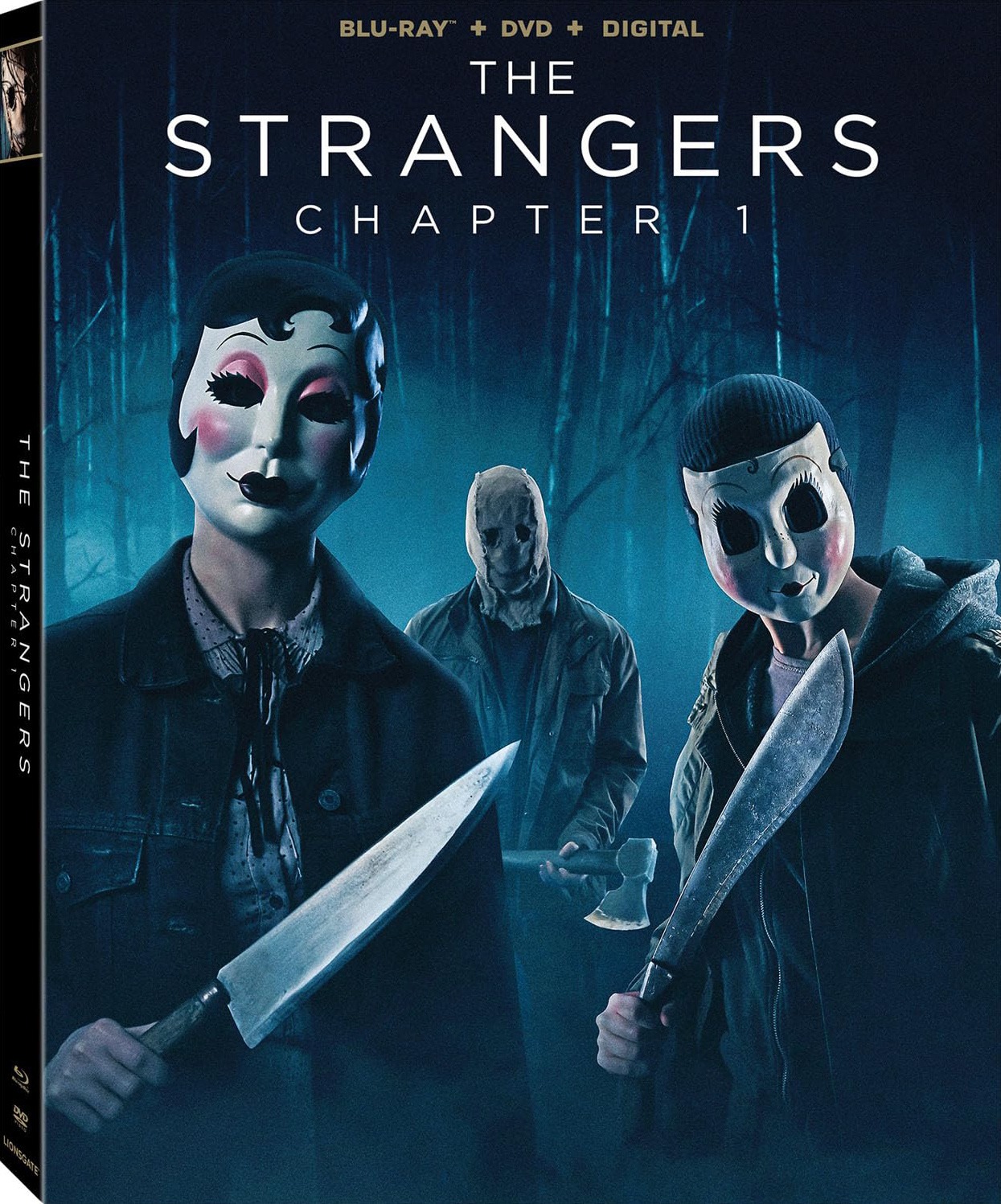
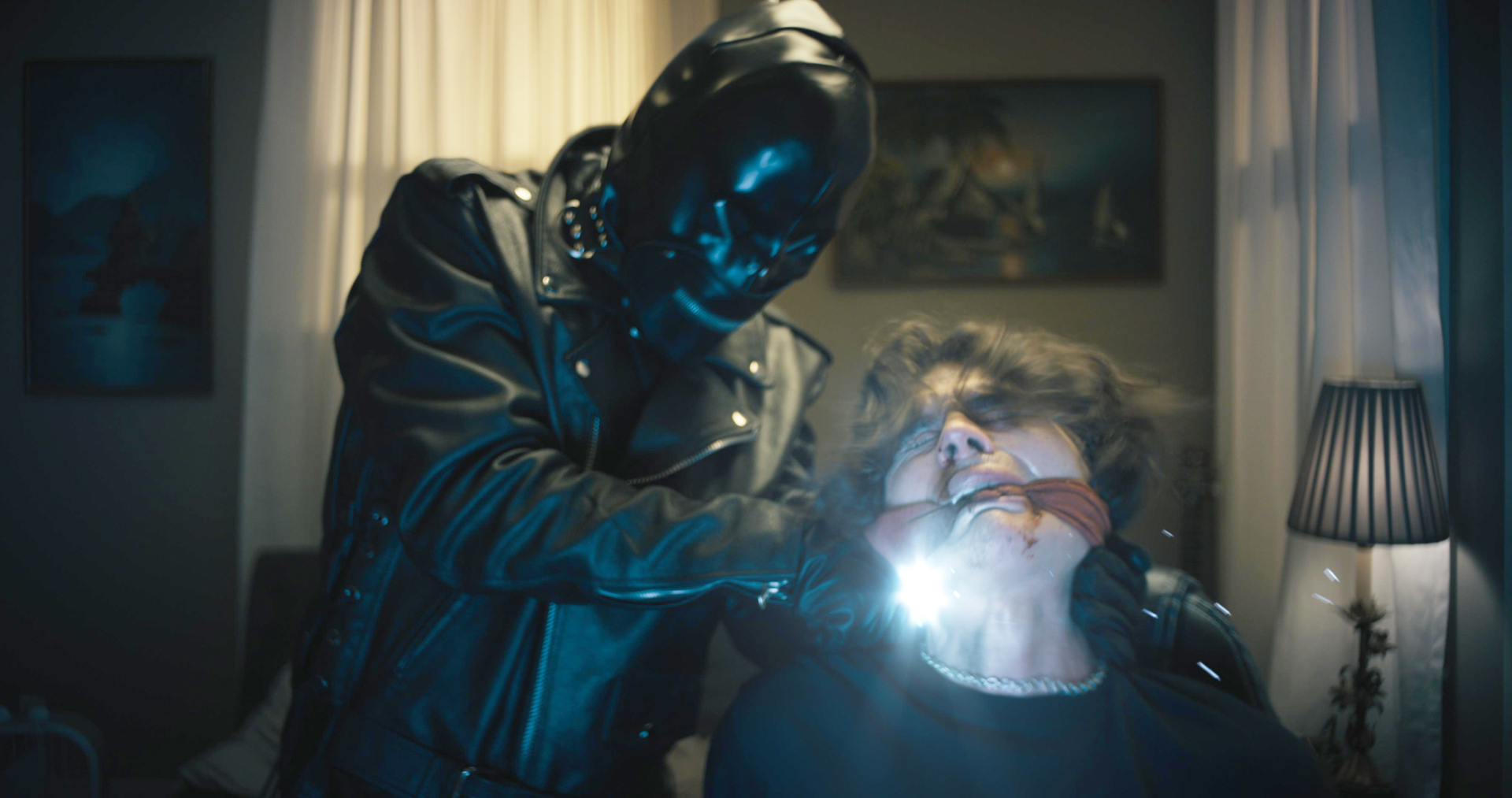



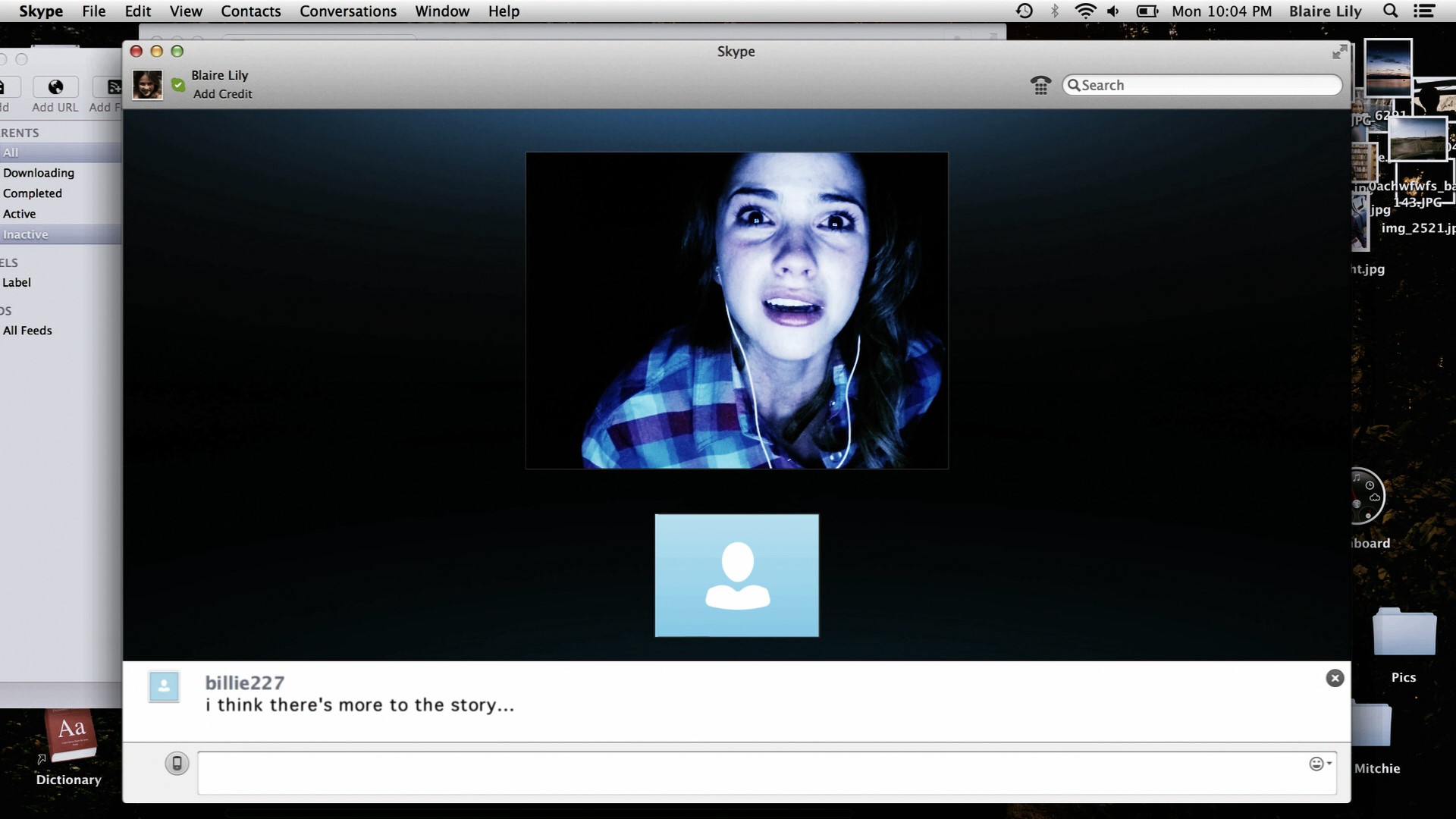
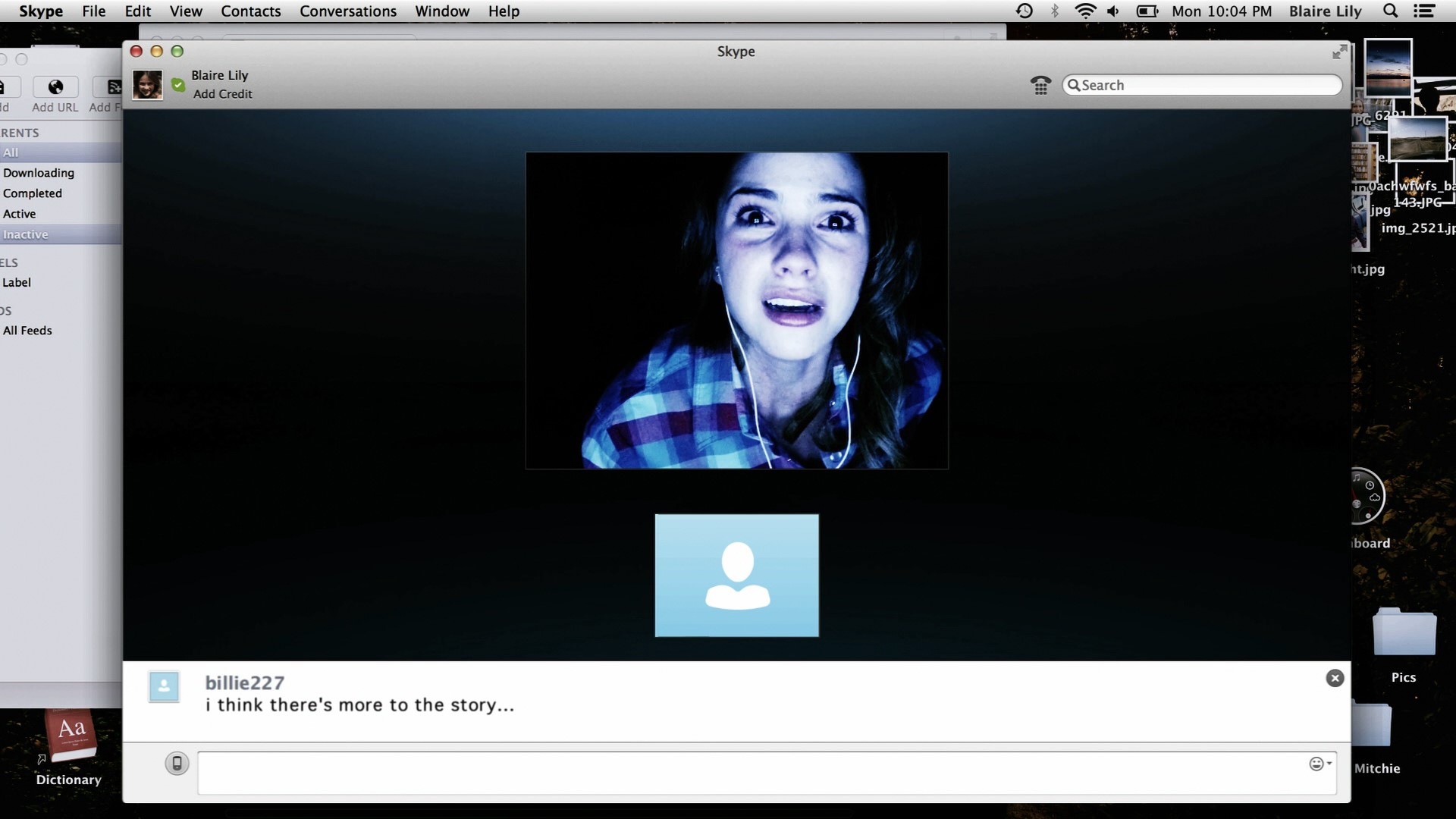


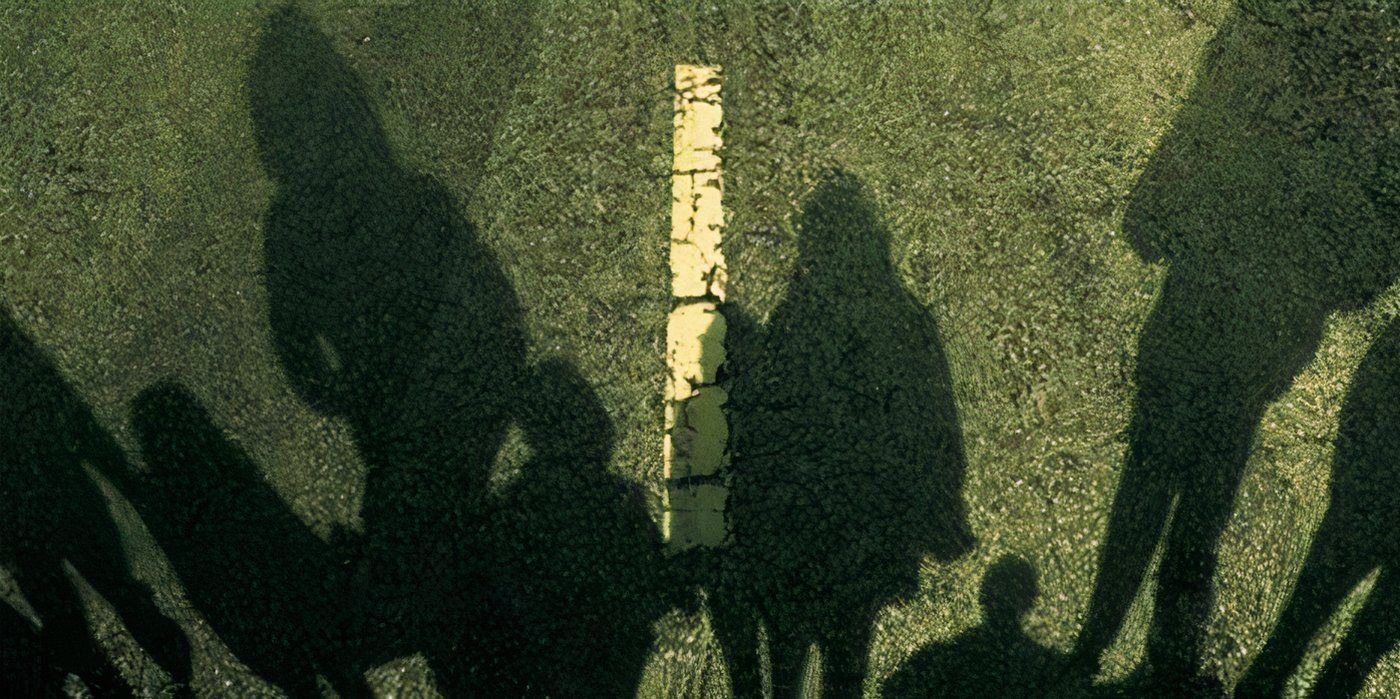



You must be logged in to post a comment.